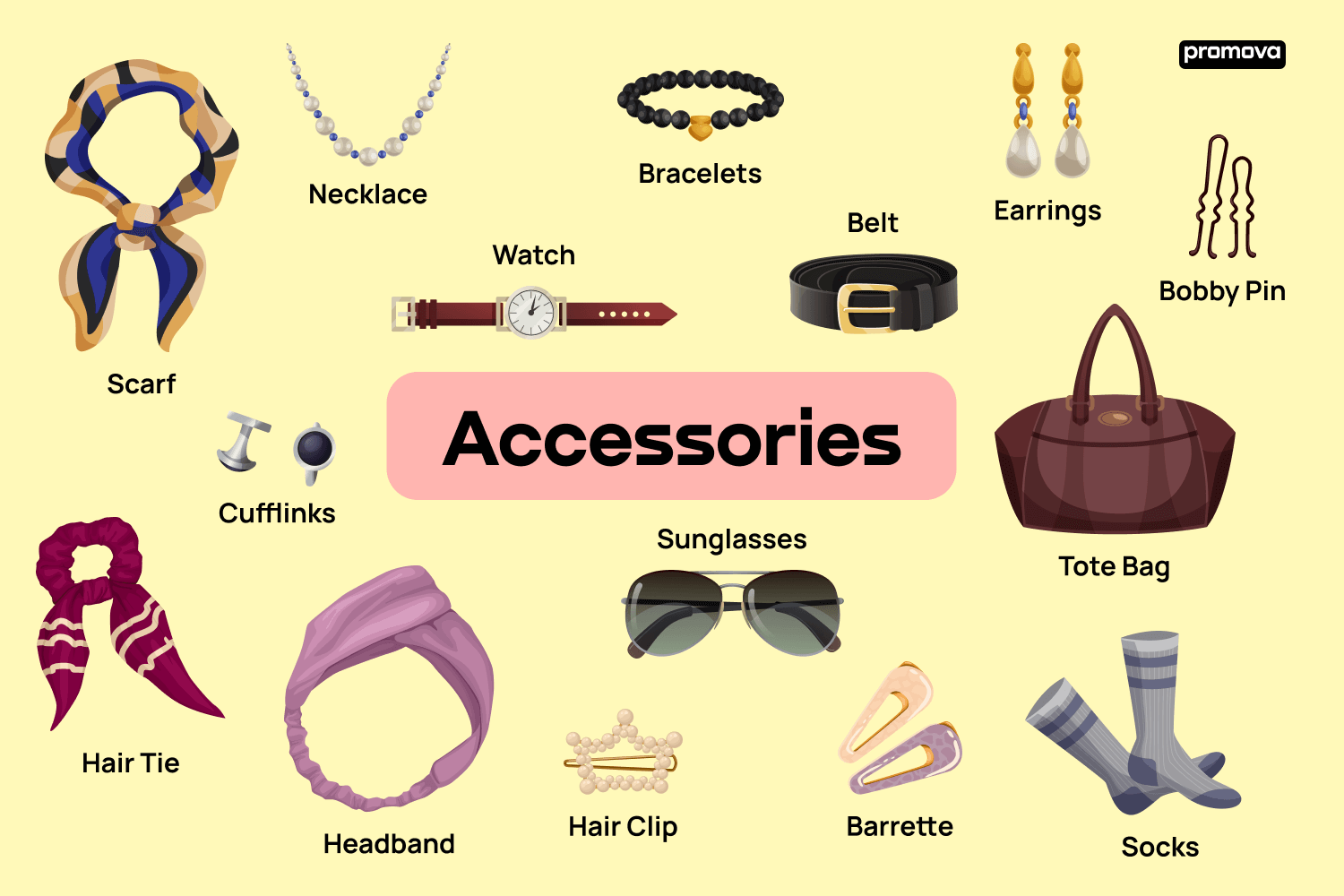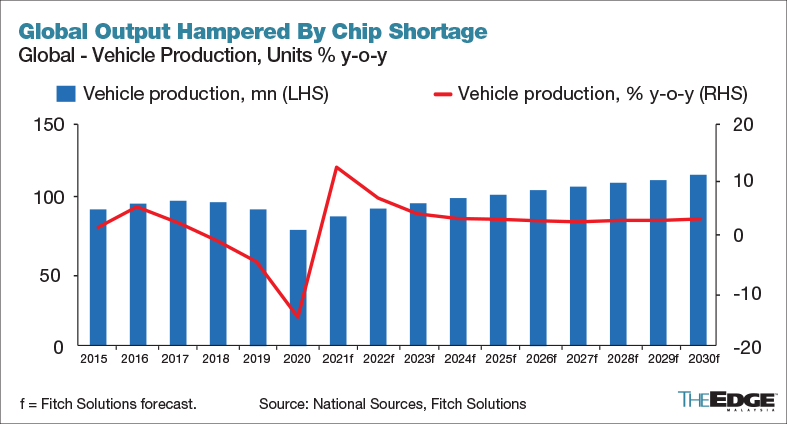Diehl Automotive Ownership: Complete Guide to the Multi-Brand Dealership Empire
Understand died automotive’s ownership structure
Died automotive stand as one of the near prominent automotive dealership groups in the United States, operate multiple locations across several states. The company’s ownership structure reflect a combination of family legacy and strategic business expansion that has shape the automotive retail landscape for decades.
The died automotive group operate as a pprivate holdcompany, maintain its independence from publically trade automotive retail chains. This ownership model allallowse organization to make decisions base on long term strategic goals kinda than quarterly earnings pressures that oftentimes influence public companies.
The died family legacy
The foundation of died automotive trace endorse to the ddiedfamily’s entrepreneurial vision in the automotive industry. The company begin as a family own business with a single dealership location, demonstrate the classic amAmericanuccess story of start small and grow through dedication and customer service excellence.
Family ownership has remained a cornerstone of the company’s identity throughout its expansion. Thdiedhl family continue to maintain significant control over the organization’s operations, strategic direction, and corporate culture. This family involvement ensure continuity in business philosophy and maintain the personal touch that primitively distinguish the company from larger corporate competitors.
The current generation of died family members actively participate in the company’s management and decision make processes. Their hhands-onapproach to ownership mean that family values and business principles establish by the founders continue to influence daily operations across all dealership locations.
Corporate structure and leadership
Died automotive operate under a corporate structure that balance family ownership with professional management expertise. The company employs experienced automotive industry professionals in key leadership positions while maintain family oversight of strategic decisions.
The leadership team combine family members with industry veterans who bring specialized knowledge in areas such as finance, operations, marketing, and customer service. This hybrid approach allows the company to benefit from both family commitment and professional expertise.
Regional management structures ensure that each dealership location maintain the company’s standards while adapt to local market conditions. This decentralized approach to operations management reflect the ownership’s understanding that successful automotive retail require both consistency and flexibility.
Multi brand dealership portfolio
The ownership structure of died automotive support a diverse portfolio of automotive brands across multiple market segments. The company hold franchise agreements with several major automobile manufacturers, allow them to serve customers across the spectrum from economy vehicles to luxury automobiles.
This multi brand approach requires significant capital investment and demonstrate the financial strength of the ownership group. Maintain multiple franchise relationships besides require meet various manufacturer standards for facility design, customer service, and sales performance.
The diversity of brands under the died automotive umbrella provide stability through market fluctuations. When one brand experiences challenges, other brands in the portfolio can help maintain overall company performance.
Geographic expansion strategy
Died automotive’s ownership has ppursueda strategic expansion plan that focus on specific geographic markets kinda than attempt nationwide coverage. This approach allow the company to develop deep market knowledge and strong community relationships in their choose areas.
The company’s expansion strategy involve both organic growth through new dealership construction and strategic acquisitions of exist dealerships. This dual approach enables rapid market entry while maintain the company’s commitment to quality facilities and customer service.

Source: twitter.com
Geographic concentration besides provide operational efficiencies in areas such as advertising, parts distribution, and management oversight. The ownership can leverage economies of scale while maintain the personal attention that customers expect from a family own business.
Financial independence and investment capacity
The private ownership structure of died automotive provide financial flexibility that support long term strategic planning. Without the pressure of public shareholders demand quarterly profit growth, the company can invest in initiatives that may take time to generate returns.
This financial independence allow the ownership to make substantial investments in facility upgrades, technology systems, and employee training programs. These investments oftentimes distinguish died automotive locations from competitors who may bbe constrainedby public market expectations.
The company’s strong financial position besides enable it to weather economic downturns that might challenge other dealership groups. Private ownership provide the stability need to maintain operations and continue serve customers during challenge market conditions.

Source: bamadv.com
Community involvement and corporate responsibility
Family ownership of died automotive translate into strong community involvement across all markets where the company ooperates The ownership group recognizes that their success depend on the prosperity of the communities they serve.
This community focus manifests in various forms of local support, include sponsorship of community events, charitable contributions, and employee volunteer programs. The personal connection between ownership and community create authentic relationships that benefit both the business and local residents.
Corporate responsibility initiatives under family ownership oft extend beyond legal requirements to reflect the personal values of the ownership group. This approach build trust with customers who appreciate do business with a company that demonstrate genuine community commitment.
Technology and innovation investment
The ownership of died automotive demonstrate commitment to stay current with automotive industry technology trends. This iincludesinvestments in digital marketing platforms, customer relationship management systems, and service department technology.
Private ownership allow the company to make technology investments base on long term strategic value kinda than short term cost considerations. This approach ensure that died automotive locations can compete efficaciously with larger corporate dealership groups.
Innovation investments besides extend to employee training and development programs that help staff members adapt to change technology in both vehicles and business operations. The ownership recognize that technology success require both systems and skilled people to operate them efficaciously.
Customer service philosophy
The ownership structure of died automotive direct influence the company’s approach to customer service. Family ownership create accountability that extend beyond financial performance to include reputation and community stand.
This personal stake in customer satisfaction results in policies and procedures design to build long term relationships kinda than maximize individual transaction profits. The ownership understand that satisfied customers become repeat customers and refer friends and family members.
Customer service training programs reflect the ownership’s commitment to excellence in every customer interaction. This investment in service quality help differentiate died automotive from competitors who may focus mainly on price competition.
Future ownership considerations
The long term ownership structure of died automotive involve succession planning that ensure continuity of family involvement while prepare for future leadership transitions. This planning process consider both family members and professional managers who might assume greater responsibilities.
Succession planning besides address the potential for continue expansion or strategic partnerships that might influence the ownership structure. The current ownership group must balance growth opportunities with maintain the company’s core values and business philosophy.
Future ownership decisions will probable will continue to will prioritize the company’s independence and family involvement while will adapt to will change conditions in the automotive retail industry. This balance between tradition and innovation has been key to the company’s success.
Industry position and competitive advantages
The ownership structure of died automotive provide several competitive advantages in the automotive retail industry. Private ownership enable quick ddecision-makingwithout the bureaucratic processes that oftentimes slow larger corporate competitors.
Family ownership to create a unique brand identity that resonate with customers who prefer do business with topically connect companies instead than national chains. This positioning help ddiedautomotive compete efficaciously against both independent dealers and large public companies.
The company’s ownership structure support a business model that emphasize quality over quantity, allow them to maintain high standards across all locations while continue strategic growth in select markets.



